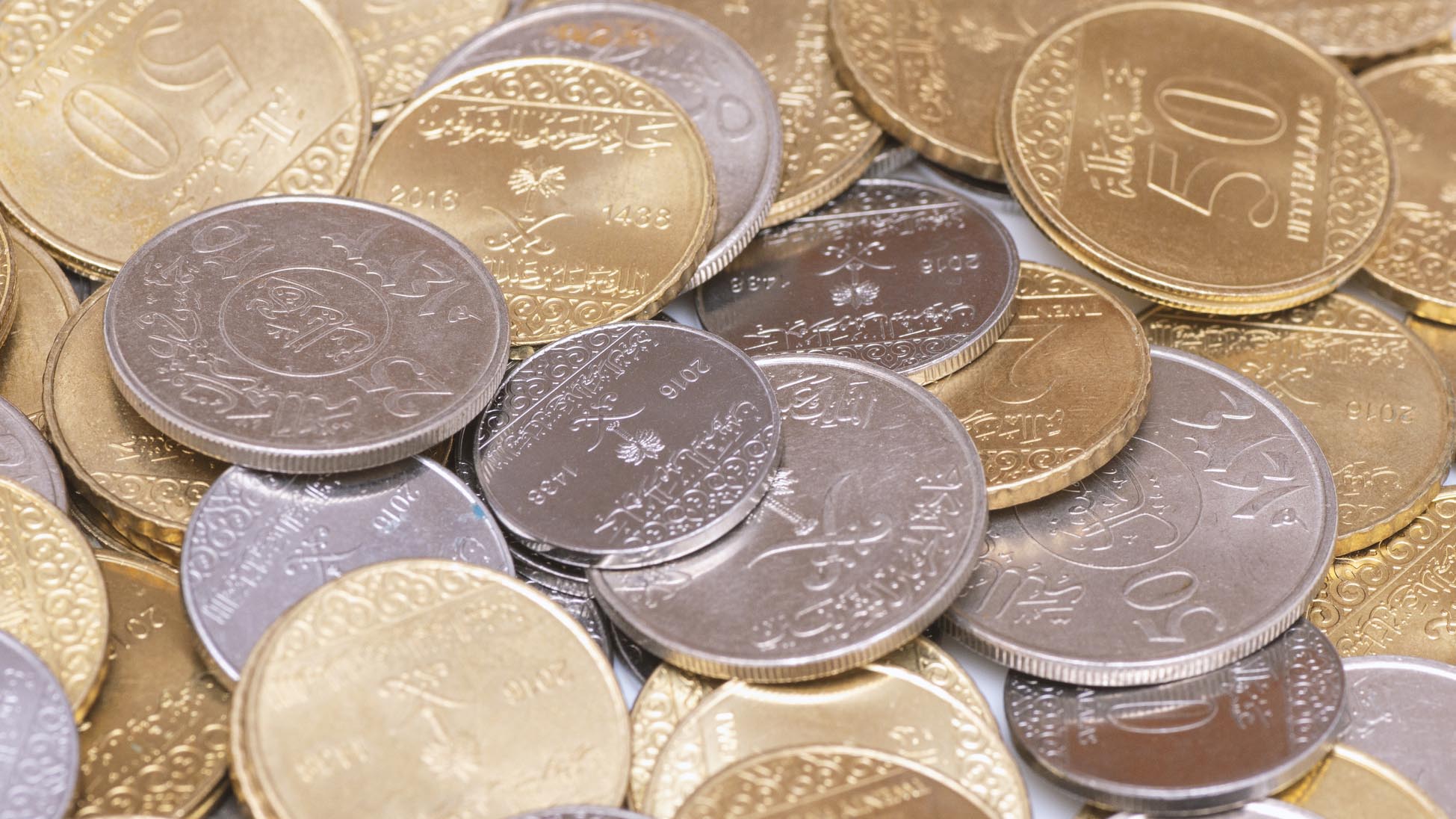
Obstacles stand in the way of wider financial inclusion in the MENA region which is one of the most unbanked areas of the world.
Outside of high-income markets like the UAE and Saudi Arabia, the Middle East and north Africa lags behind the rest of the world when it comes to basic financial inclusion. According to World Bank Data, just 43% of the region’s population held a bank account in 2017, compared with 63% for the developing world as a whole and 95% for Organisation for Economic Co-operation and Development states.
Central banks and telecoms regulators across the region have been relatively slow off the mark when it comes to harnessing the potential for digital financial services, despite the high penetration of mobile services across the region. Yet new approaches among regulators in recent years have finally begun to bear fruit.
Concern over states’ ability to closely monitor digital transactions — particularly for tax-raising purposes — means banknotes are likely to remain the favoured medium of exchange for the informal sector for some time to come
In Egypt, the region’s most populous nation, a combination of digital salary payments, interoperability among mobile wallets and a curb on physical transactions in the midst of the Covid crisis has prompted a surge in mobile money transactions. The number of e-wallets in the country rose by 17% to 14.4 million between March and October 2020, with transaction volumes more than doubling to 9.9 million per month over the same period.
Yet, despite a new approach among governments towards digital financial services (coupled with a new generation of local fintech players that is rising to the challenge), two key challenges to wider financial inclusion in the region persist.
Even as populations in the region are increasingly convinced of the convenience offered by mobile money, cash is unlikely to give up its crown so easily. Concerns over states’ ability to closely monitor digital transactions — particularly for tax-raising purposes — means banknotes are likely to remain the favoured medium of exchange for the region’s informal sector for some time to come.
A greater challenge perhaps is overcoming the structural obstacles to greater financial inclusion of women, especially in the region’s lower income countries. With just 18% of women in the region active within the workforce, solutions to boost financial inclusion among women need to be carefully tailored and geared towards boosting economic empowerment, rather than simple account openings.


